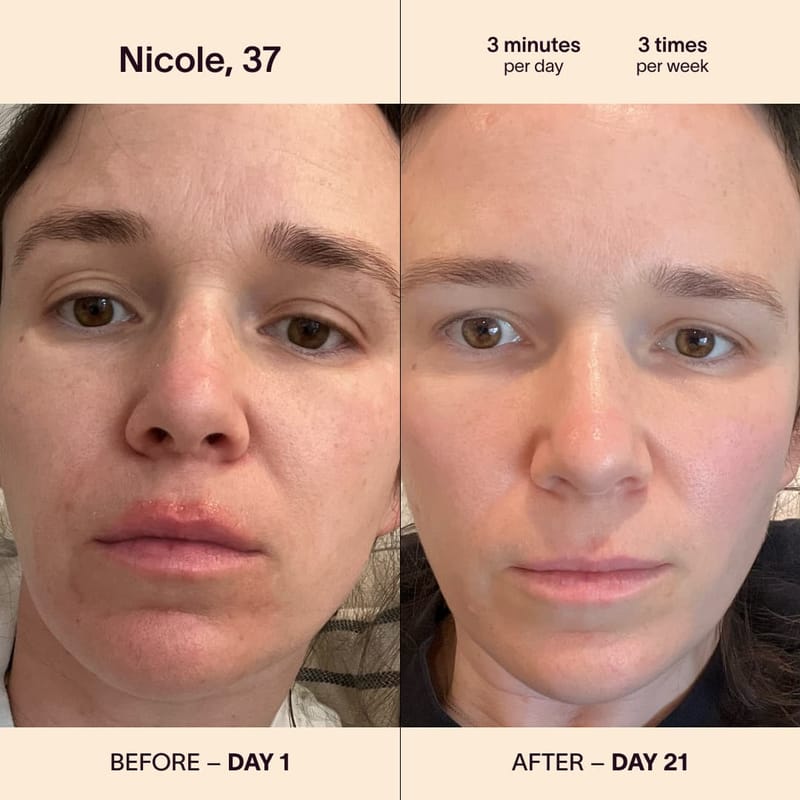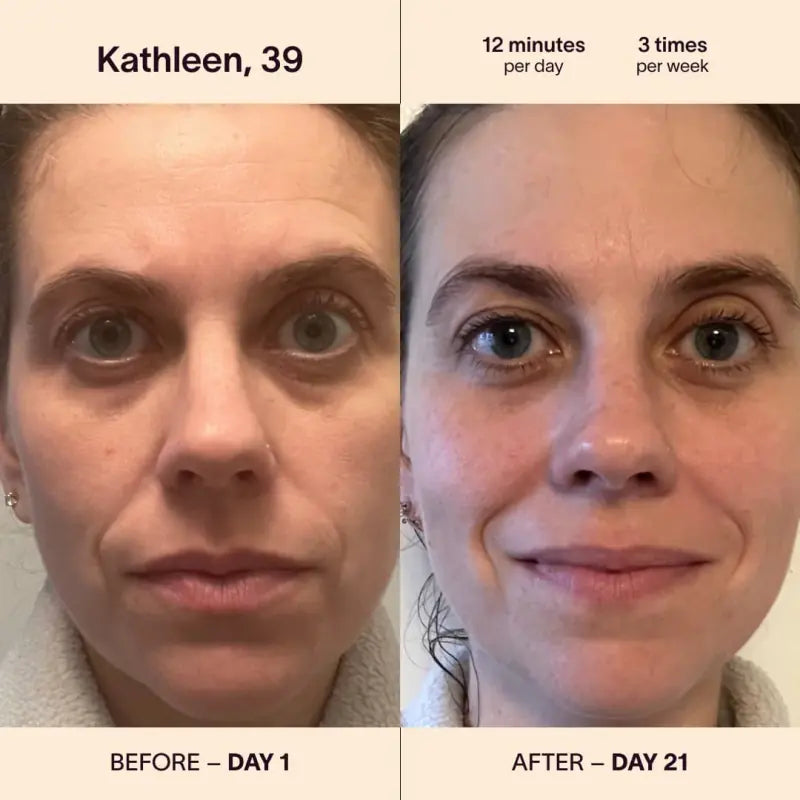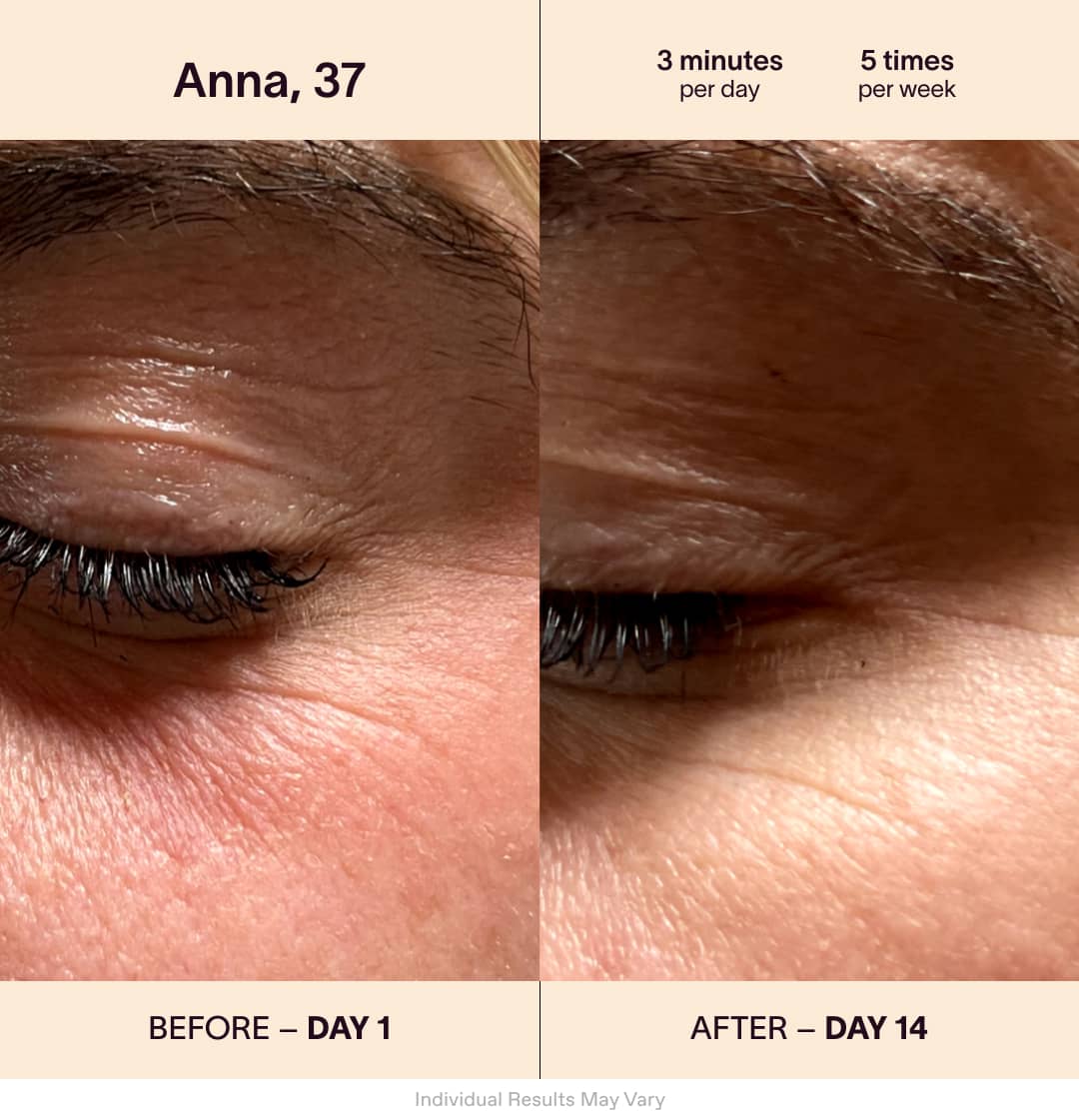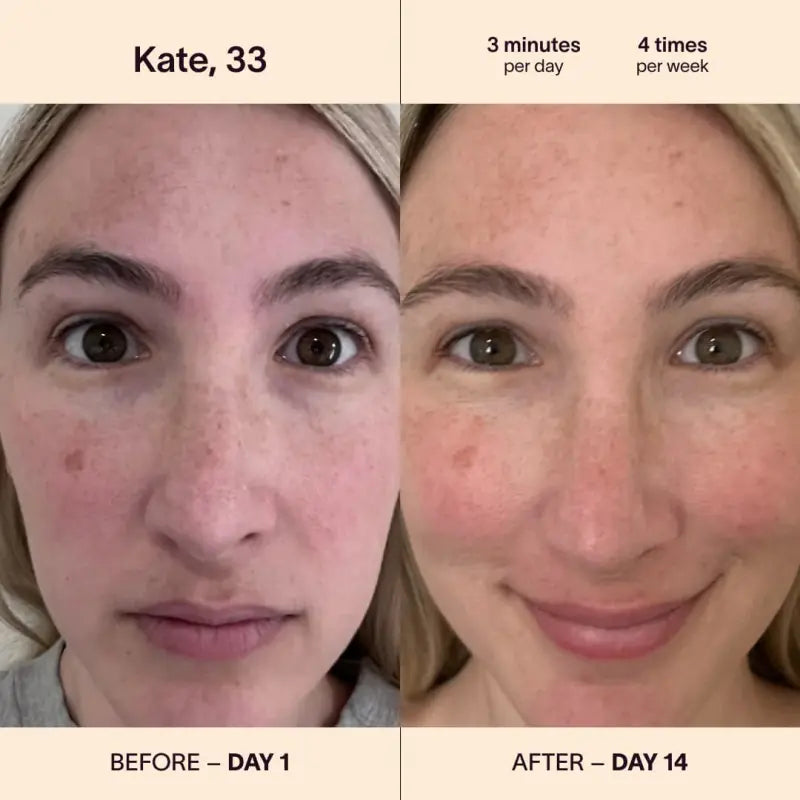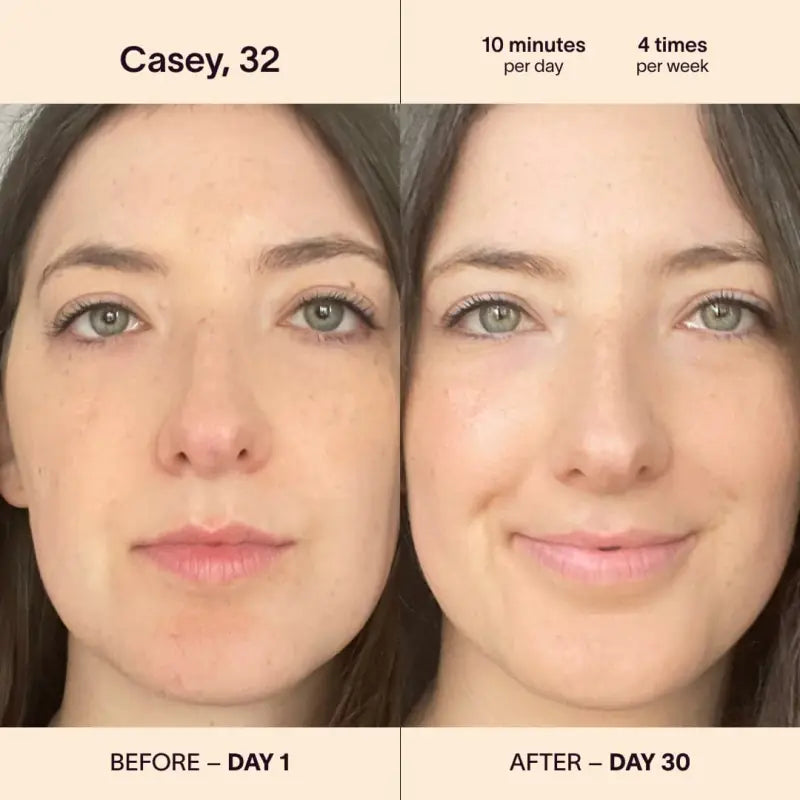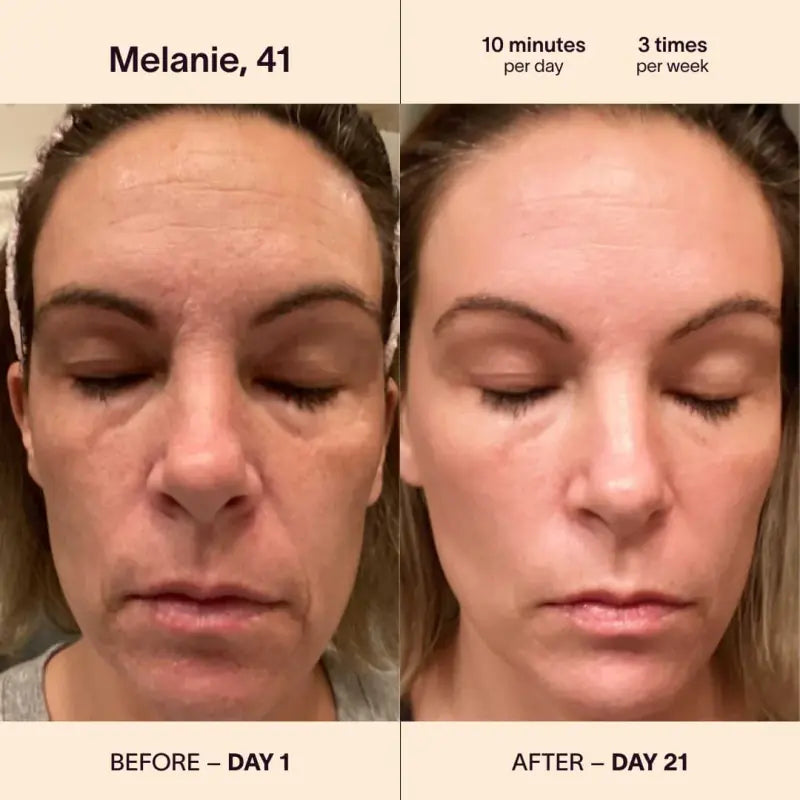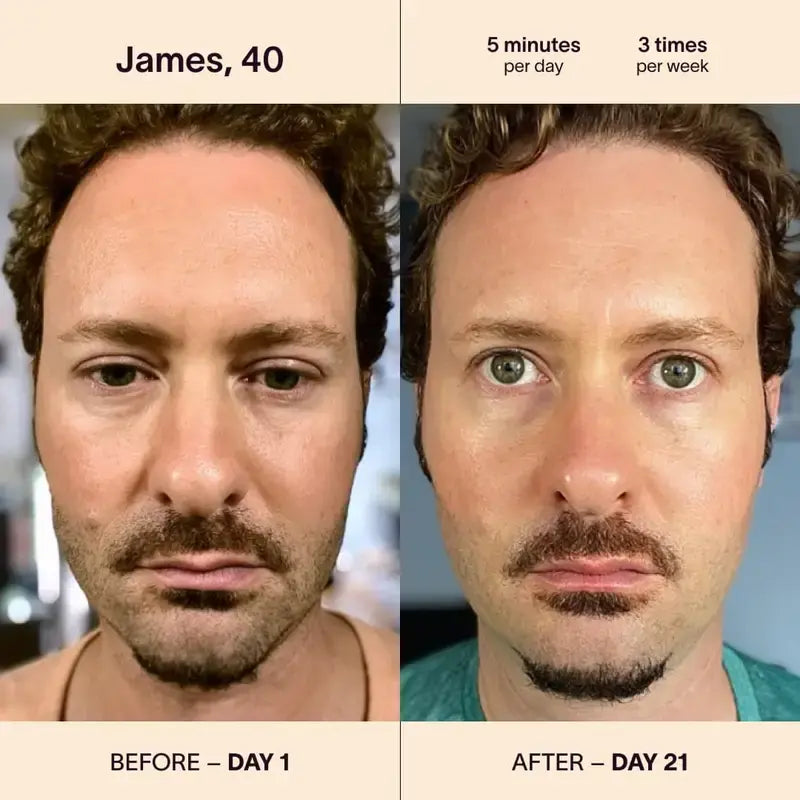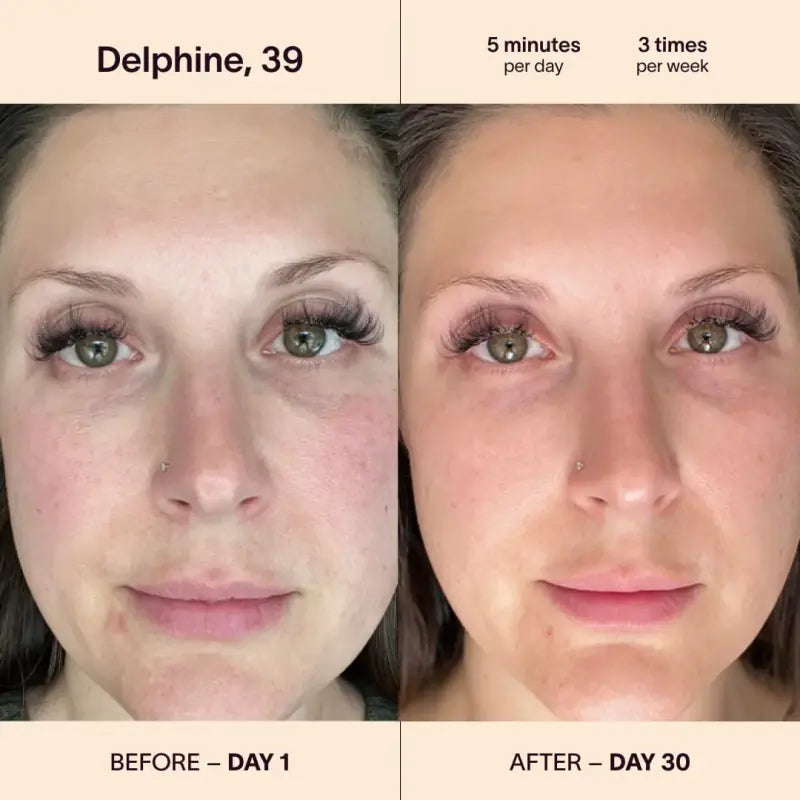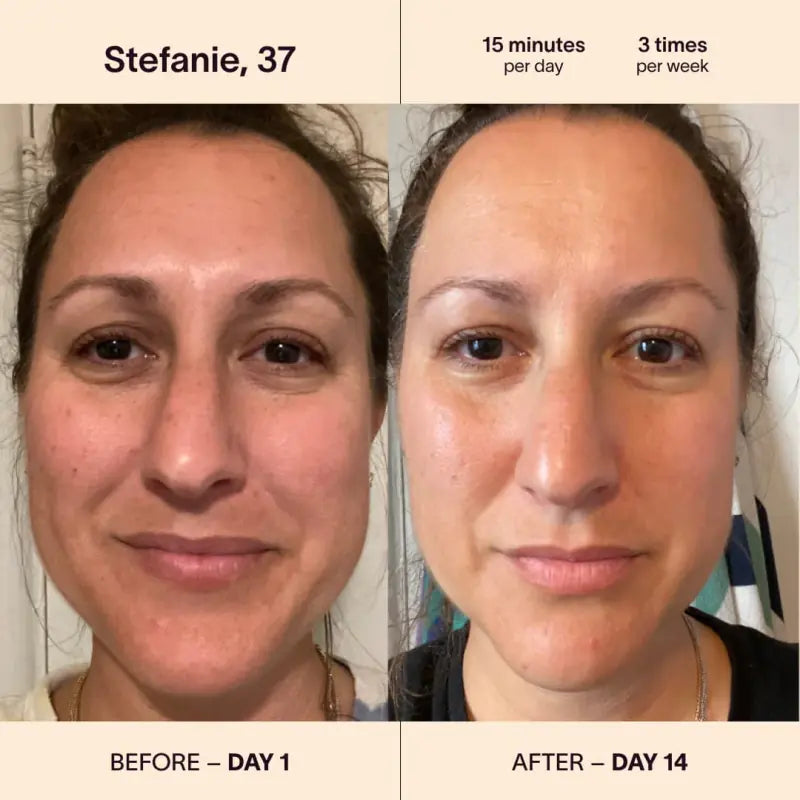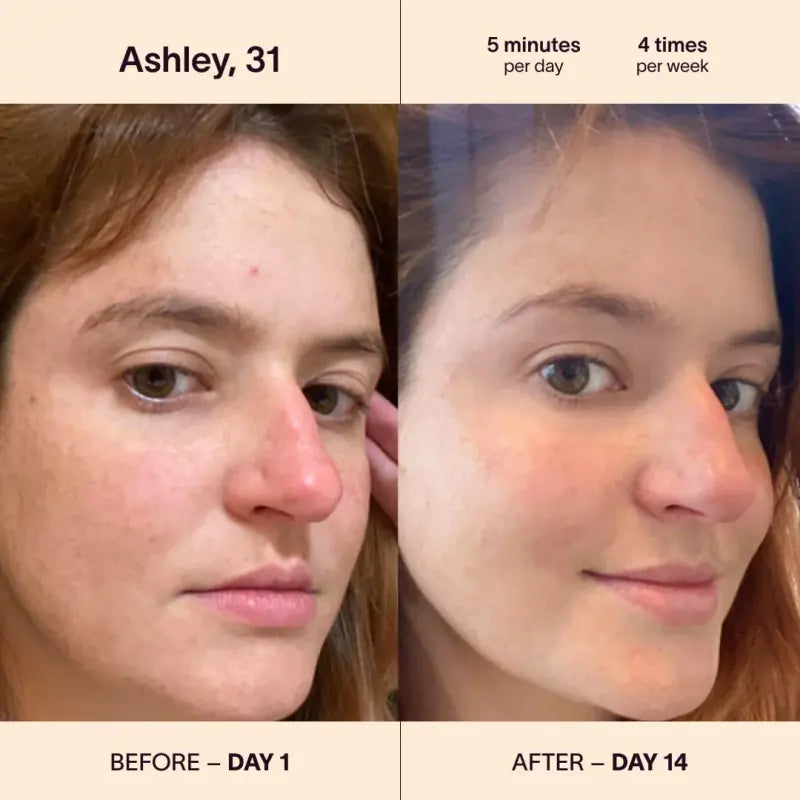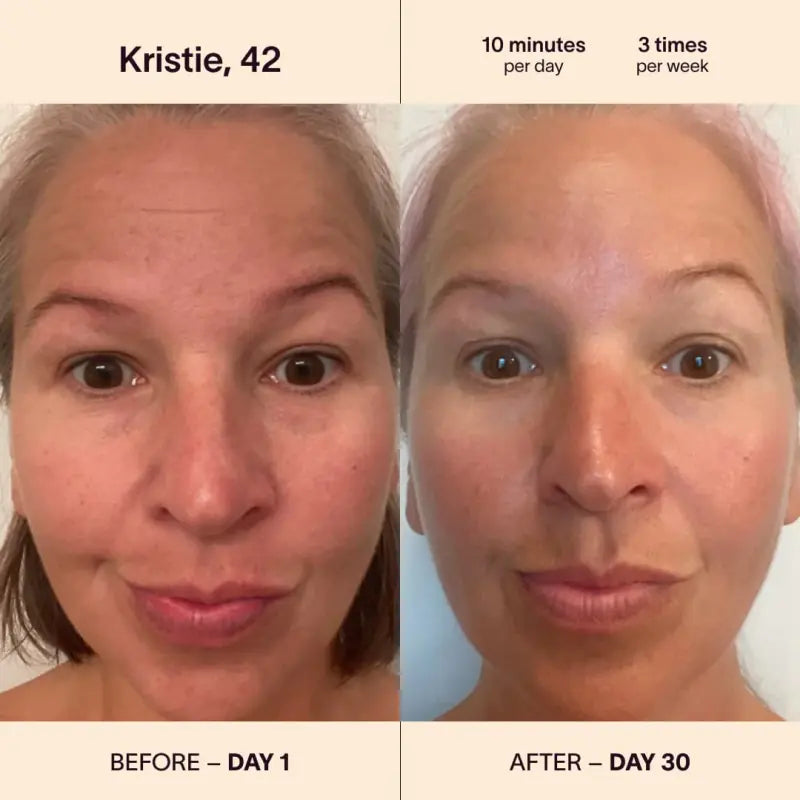Eczema, also known as atopic dermatitis, significantly impacts the quality of life of those affected. It's a chronic condition characterized by itchy, inflamed, and sometimes blistering skin. This continuous discomfort can lead to sleep disturbances, emotional distress, and social embarrassment. Moreover, the constant cycle of itching and scratching can further damage the skin, leading to a worsening of symptoms. The burden of eczema goes beyond just physical discomfort, affecting mental health and overall well-being. Red light therapy for eczema has emerged as a promising solution for those struggling with this chronic skin condition.
The Science Behind Red Light Therapy
Red light therapy's journey from an experimental technology to a mainstream treatment option is fascinating. Its roots can be traced back to NASA's research in the 1990s, where it was initially used to promote plant growth in space. Scientists soon discovered its potential for wound healing and tissue regeneration in astronauts. Over time, the technology has been refined and adapted for various medical and cosmetic purposes, including the treatment of skin conditions like eczema.
How red light therapy works is grounded in its ability to penetrate the skin and stimulate cellular activity. When red light wavelengths reach the skin cells, they boost the production of adenosine triphosphate (ATP), the energy currency of cells. This increased energy production accelerates cell repair and regeneration, reduces inflammation, and stimulates collagen production. These effects are particularly beneficial for eczema sufferers, whose skin barrier is compromised.
Red light therapy wavelengths for skin health are typically in the range of 630-660 nanometers for red light and 810-850 nanometers for near-infrared light. The specific wavelengths are chosen for their ability to penetrate different layers of the skin. While shorter wavelengths are effective for surface skin issues, longer wavelengths can reach deeper tissues. This targeted approach allows for a more effective treatment of various skin conditions, including the deeper layers affected by eczema.
Traditional light therapies, such as UV therapy, have been used for skin conditions but come with potential risks like skin aging and an increased risk of skin cancer. In contrast, red light therapy offers a safer alternative with minimal side effects. It doesn't contain UV rays and is gentle on the skin, making it a suitable option for long-term management of skin conditions, including sensitive conditions like eczema.
Eczema and Its Pathophysiology
Eczema is marked by chronic inflammation, a key factor in its symptomatology. This inflammation is not just a superficial skin issue; it's a complex biological response involving various immune cells and inflammatory mediators. These elements work together, causing the redness, swelling, and itching characteristic of eczema. The chronic nature of this inflammation means that the symptoms often persist or recur over time, requiring ongoing management.
A fundamental aspect of eczema is the dysfunction of the skin barrier. In healthy skin, the barrier acts as a shield against environmental irritants and allergens. However, in eczema, this barrier is weakened, leading to increased water loss and vulnerability to irritants and microbes. This disruption exacerbates the skin's dryness and sensitivity, making effective barrier repair a critical component in managing eczema.
Eczema flare-ups are often triggered by various environmental factors. Recognizing and managing these triggers is crucial for those living with eczema. Here's a list of common triggers:
- Allergens: Pollen, pet dander, and dust mites can provoke eczema symptoms.
- Irritants: Soaps, detergents, and fragrances can irritate sensitive skin.
- Climate: Extreme temperatures, whether hot or cold, and low humidity can dry out the skin.
- Stress: Emotional stress is known to exacerbate eczema symptoms.
- Food Allergies: Certain foods can trigger allergic reactions leading to eczema flare-ups.
- Hormonal Changes: Fluctuations in hormones, particularly in women, can affect eczema.
- Sweat: Excessive sweating, often due to exercise or heat, can irritate the skin.
- Infections: Skin infections can worsen eczema symptoms.
- Fabrics: Rough or tight clothing can irritate sensitive skin.
- Environmental Pollutants: Exposure to pollutants and chemicals can trigger eczema.
The immune response in eczema patients is altered and often overactive. This heightened immune reaction can exacerbate skin inflammation and damage. Eczema sufferers often have higher levels of certain antibodies, indicating an immune system in a constant state of alert. This overactive immune response can make the skin more reactive to common triggers, worsening the condition.
Benefits of Red Light Therapy for Eczema
A significant benefit of red light therapy for eczema is its anti-inflammatory effects. This therapy helps reduce skin inflammation by decreasing pro-inflammatory cytokines, substances that signal inflammation in the body. By reducing these inflammatory signals, red light therapy can alleviate the redness, swelling, and itching associated with eczema, providing relief to sufferers.
Eczema and skin barrier repair with red light therapy is a vital area of benefit. As said before, the therapy promotes the production of collagen and elastin, essential components of healthy skin. By strengthening the skin's barrier function, red light therapy helps retain moisture and provides a defense against environmental irritants. This improved barrier function is crucial for eczema patients, as it helps reduce flare-ups and maintains skin health.
Red light therapy offers several advantages over traditional eczema treatments like steroids and immunosuppressants:
- No Thinning of the Skin: Unlike steroids, red light therapy doesn't cause skin thinning, making it safer for long-term use.
- No Systemic Side Effects: It does not have systemic side effects that are often seen with immunosuppressants.
- Suitable for Long-Term Use: Red light therapy can be used continuously over long periods without the risks associated with prolonged steroid use.
- Non-Invasive: This therapy is non-invasive, unlike some treatments that require injections or oral medication.
- No Tolerance Build-Up: The body does not build up a tolerance to red light therapy, ensuring its effectiveness over time.
- Complements Other Treatments: It can be used in conjunction with other treatments without interfering with their efficacy.
- Safe for All Ages: Red light therapy is safe for people of all ages, including children and the elderly.
- Improves Overall Skin Health: Besides treating eczema, it enhances overall skin health, texture, and appearance.
Managing eczema with red light therapy is a promising approach for long-term symptom control. By addressing the underlying causes of inflammation and skin barrier dysfunction, red light therapy not only treats the immediate symptoms but also contributes to the overall health and resilience of the skin. This therapy can be a valuable part of a comprehensive eczema management plan, offering a sustainable and effective way to control symptoms and improve quality of life.
Practical Aspects of Red Light Therapy Treatment
When considering at-home vs in-clinic red light therapy, it's important to understand the differences and benefits of each. In-clinic treatments are administered by practitioners and typically use more powerful devices, ensuring a controlled and effective dose of light. At-home devices, on the other hand, offer convenience and privacy, although they may be less powerful than their in-clinic counterparts. Both options have their merits, and the choice often depends on personal preferences, severity of eczema, and lifestyle considerations.
The effectiveness of red light therapy treatment sessions largely depends on their duration and frequency. Generally, sessions last between 10 to 20 minutes and are recommended a few times per week. However, the specific regimen can vary based on individual needs and the severity of the eczema. Consistency is key in red light therapy; regular sessions are necessary to achieve and maintain the desired results.
Customizing red light therapy to individual needs is crucial for optimal results. Factors such as skin type, eczema severity, and individual response to treatment can influence the therapy's effectiveness. Some individuals might need more frequent sessions, while others may respond well to less intensive treatment. Consulting with a healthcare professional can help in determining the most suitable treatment plan.
Red light therapy is known for its high safety profile. Unlike some other forms of light therapy, as said before, it does not emit UV rays and is generally well-tolerated by most individuals. Side effects are rare and usually mild, including temporary redness or irritation at the treatment site. However, it's important for individuals, especially those with photosensitive skin conditions, to discuss with a healthcare provider before starting red light therapy.
Integrating Red Light Therapy into Eczema Care
Incorporating red light therapy into eczema care is most effective when combined with other treatments and lifestyle changes. Complementary therapies such as moisturizing, using mild skin cleansers, and avoiding known irritants can enhance the benefits of red light therapy. Additionally, lifestyle modifications like stress management, a balanced diet, and avoiding extreme temperatures can play a significant role in managing eczema more effectively. This holistic approach ensures comprehensive care for eczema sufferers.
For optimal results, the timing and consistency of red light therapy sessions are crucial. It's important to establish a regular schedule, as sporadic treatments may not produce the desired effects. Consistency in therapy ensures continuous skin healing and inflammation control, which are vital in managing chronic conditions like eczema. Patients should work with their healthcare providers to create a schedule that fits their lifestyle and maximizes the therapy’s benefits.
Educating patients about red light therapy and its role in eczema treatment is essential. It's important for individuals to understand how the therapy works, what to expect during sessions and realistic outcomes. Managing expectations is crucial, as red light therapy is not a quick fix but a part of ongoing eczema management. Clear communication about the therapy's benefits and limitations helps patients stay informed and engaged in their treatment plans.
Regular monitoring of eczema symptoms is vital when undergoing red light therapy. Tracking progress allows for adjustments in treatment intensity, frequency, and duration. It's essential to adapt the therapy to the changing needs of the skin, ensuring the most effective and personalized care. Patients should maintain regular check-ins with their healthcare providers to discuss their progress and make any necessary adjustments to their treatment plan.
The future of eczema treatment is bright, with red light therapy leading the way as a groundbreaking innovation in dermatological care. This therapy represents a shift towards more holistic, non-invasive treatments, offering a blend of efficacy and safety that is not always found in traditional eczema treatments. As research advances, we can expect to see further refinement in red light therapy techniques, making them even more effective and accessible to a broader range of patients.
Red light therapy is not just a medical advancement; it's a tool that empowers patients. It offers an alternative to those who may have struggled with the side effects of conventional treatments or who are seeking a more natural approach to skincare. This therapy puts control back into the hands of the patients, allowing them to manage their eczema symptoms more independently and effectively. With the advent of at-home red light therapy devices, it's becoming easier for patients to incorporate this treatment into their daily lives, providing a sense of autonomy and empowerment in their journey to skin health.



